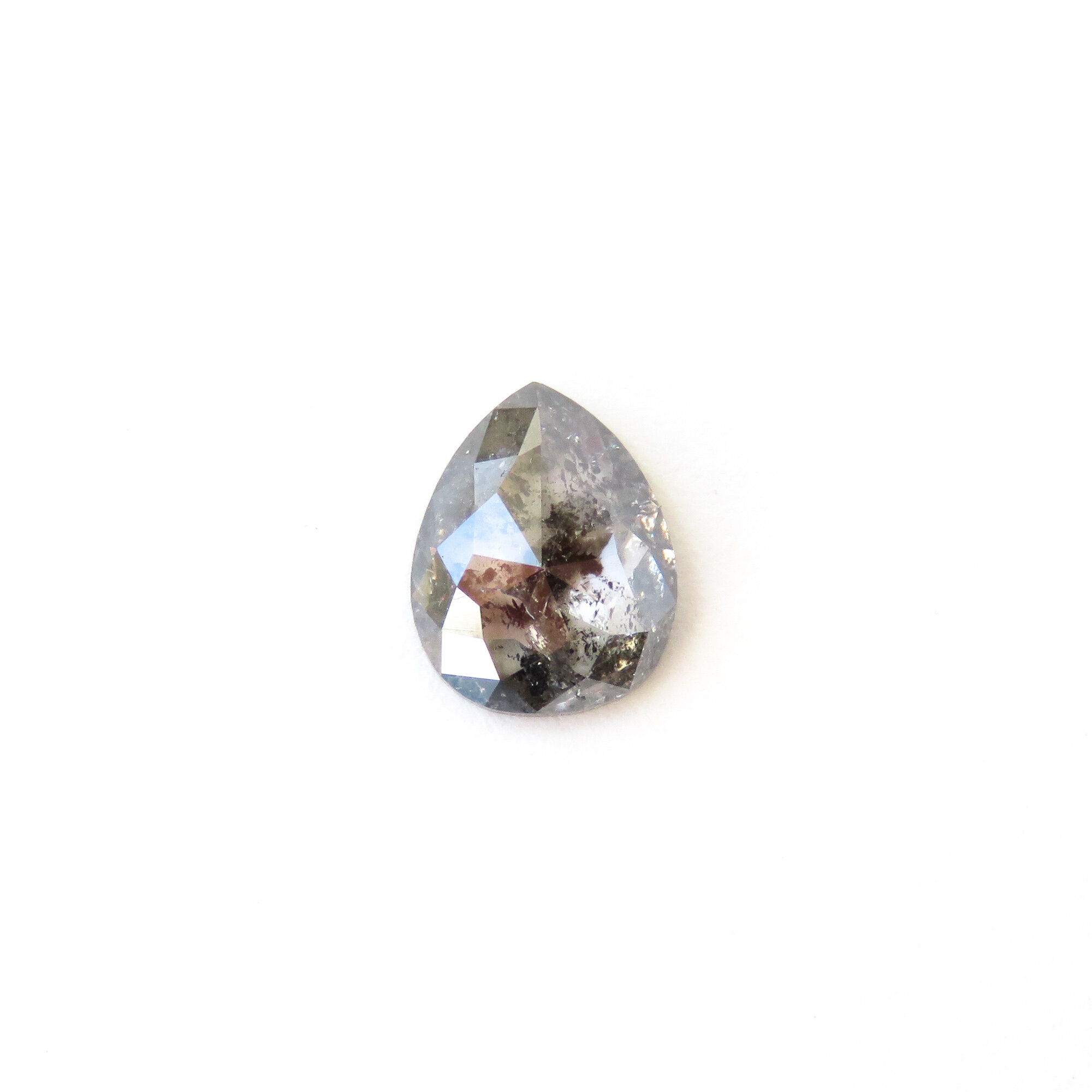What are salt and pepper diamonds?
Salt and pepper diamonds Vs regular diamonds
In recent years, the jewellery industry has seen a noticeable shift in the type of diamonds people are interested in. As more jewellery lovers discover the magnificence and unique beauty of less traditional diamonds, it sure seems as though this new demand is less of a trend and rather a fresh direction for the market. You may have heard of these names before: alternative diamonds, galaxy diamonds, colour diamonds or what we like to call, salt and pepper diamonds.
Contrary to misguided belief, a salt and pepper diamond is as much of a diamond as any traditional white diamond. The latter obtains its value from the 4 C’s: colour, clarity, cut and carat weight. The higher up on the ‘C’ charts, the more expensive or valuable these diamonds become. Salt and pepper diamonds, however, are heavily included and often contain many different colours, hues and tones. The 4 C’s, therefore, do not apply to them.
As the name suggests, salt and pepper diamonds exist in tones of grey with beautiful inclusions. These inclusions often result in gems that look like galaxies - a completely unique one in each stone. While these grey-toned diamonds currently seem to be the most popular in the alternative realm, you may also be wondering ‘what colour diamonds can you get?’ The answer: almost every colour imaginable.
Formed by a natural phenomenon
Salt and pepper diamonds are formed exactly the same way white diamonds are - but with an added natural phenomenon. While they have the exact same hardness and durability of white diamonds, they differ aesthetically due to the high concentration of inclusions, as well as the trace elements that get stuck in these fractures during the formation process.
The inclusions in salt and pepper diamonds were created by extreme heat and pressure in the Earth’s crust, millions of years ago. The varying colours and characteristics, however, are due to trace elements that got trapped in the inclusions and fractures. Each element would create a different hue - graphite or carbon (grey); iron oxide (red); or boron (blue).
Defining Value
Traditional white diamonds are expensive because they have been marketed as ‘perfect.’ While we understand this (outdated) advertising angle, we do not believe in the archaic concept of perfection. To us, a salt and pepper diamond is far more beautiful than its traditional counterpart. It has exactly the same hardness and durability of any white diamond, with the added bonus of being truly unique in every other way - including price, which comes at a fraction of the usual cost.
So, how do we define value then? We would suggest redefining it for yourself. Ask questions like: ‘Is value only related to how much something costs?’ ‘Is a ‘perfect’ stone only described as such because of how it was marketed decades ago?’ ‘Who decided what perfect means?’ ‘What does perfection mean to me?’ Give it some thought.
One thing we love about salt and pepper diamonds is that no two stones could ever look the same. And when it comes to unique diamond engagement rings, that’s precisely the characteristic you want. Your future bride or groom is unique, and their diamond should absolutely reflect this. Carbon copies of ‘the perfect white diamond’ will probably always have their place. But salt and pepper diamonds with their magical hues and galaxies will always have our hearts.
The inclusions in salt and pepper diamonds were created by extreme heat and pressure in the Earth’s crust, millions of years ago. The varying colours and characteristics, however, are due to trace elements that got trapped in the inclusions and fractures. Each element would create a different hue - graphite or carbon (grey); iron oxide (red); or boron (blue).



